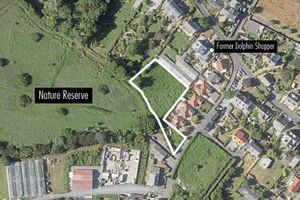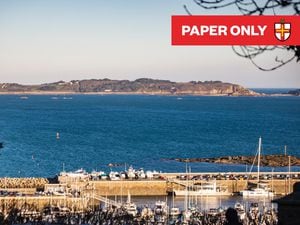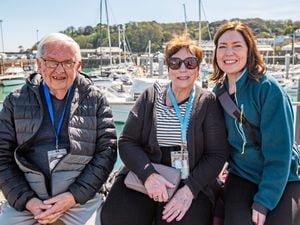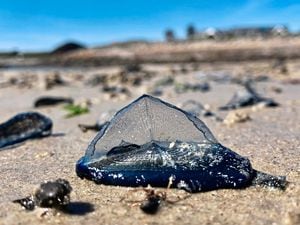Appeal fails but ‘redundant glasshouses’ to be re-defined
AN APPEAL against the rejection of an application to develop a former vinery in the Vale was thrown out by a planning tribunal after arguments over what constituted a redundant glasshouse.

Frank Gauson had applied for permission to build four industrial units for storage/distribution as well as creating new access and parking at Dolphin Vinery, La Blanche Carriere.
His application was refused by planners on the grounds that this was not considered a redundant glasshouse site as defined in the Island Development Plan.
The first part of the tribunal hearing focused on what constituted a ‘redundant glasshouse’.
Mr Gauson told the panel that when he bought the site in November 1984, there had been very little left of what had once been four glasshouses and what had remained was already falling down.
He had used only a small part of the front of the site, to park a lorry. The timber had either rotted away or been moved as required, such as when he wanted to put ladders there.
There was still a 2ft wide concrete foundation running around the perimeter, along with some concrete support pillars, broken glass on the ground and pipework.
Advocate James Le Gallez, representing Mr Gauson, said that the foundations and other items constituted part of the structure of a glasshouse and as such the site was a redundant glasshouse.
He later said that an estimate of £40,000 had been given for clearing the site of the remaining material.
For the Development & Planning Authority, principal forward planning officer Simone Whyte said that after a survey had been conducted of redundant glasshouse sites across the island, some 250 had been identified.
But these were all sites where much of the above-ground structure remained and was falling down or overgrown.
Sites where glasshouses may have once stood but had been cleared were not included in the definition of ‘redundant glasshouses’. Were they to be added, she said, some additional 250 sites would have to be included.
Senior planning officer Chris Crew said that in their view the site could be grassed over and used for grazing or other agricultural purposes.
The tribunal and both parties visited the site, after which panel chairwoman Linda Wride said that in their view it did constitute a redundant glasshouse.
In the light of that, the appeal went on to consider the use to which the current planning policies permitted such sites to be put.
One of these stated that a redundant glasshouse site would be considered suitable for development if, once cleared, it did not make a positive contribution to a wider area of open land.
After hearing submissions from both parties, the panel decided that the site as it was, and as it would be were it to be cleared completely, did make a positive contribution to the open land in the area, since it was next to the Grand Pre nature reserve.
As such, development could not be permitted to take place and Mr Gauson’s appeal did not succeed.
Before the hearing concluded, planning director Jim Rowles said that in the light of the tribunal’s comments on what constituted a redundant glasshouse, efforts would be made to clarify this definition in a supplementary planning guideline, and in the long-term in the interim review of the Island Development Plan as a whole.
Joining Mrs Wride on the panel were David Harry and Stuart Fell.





